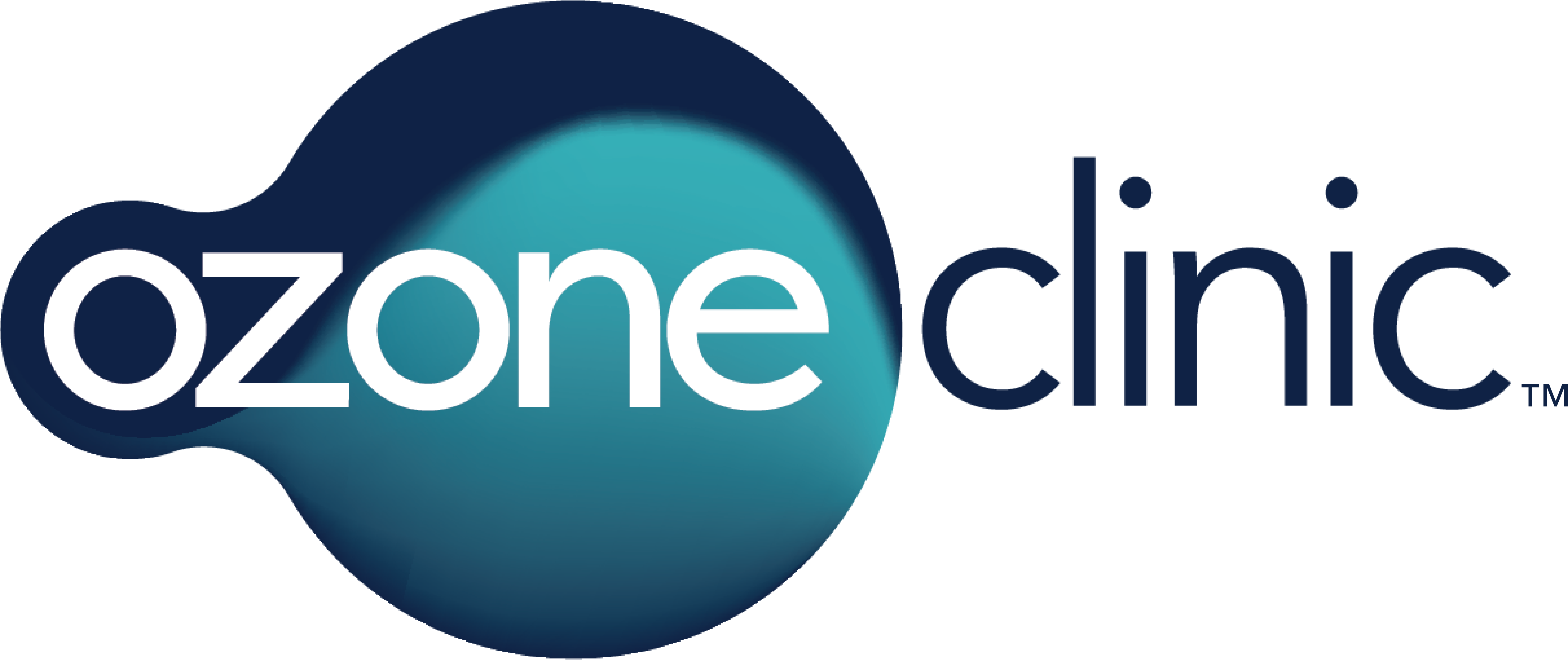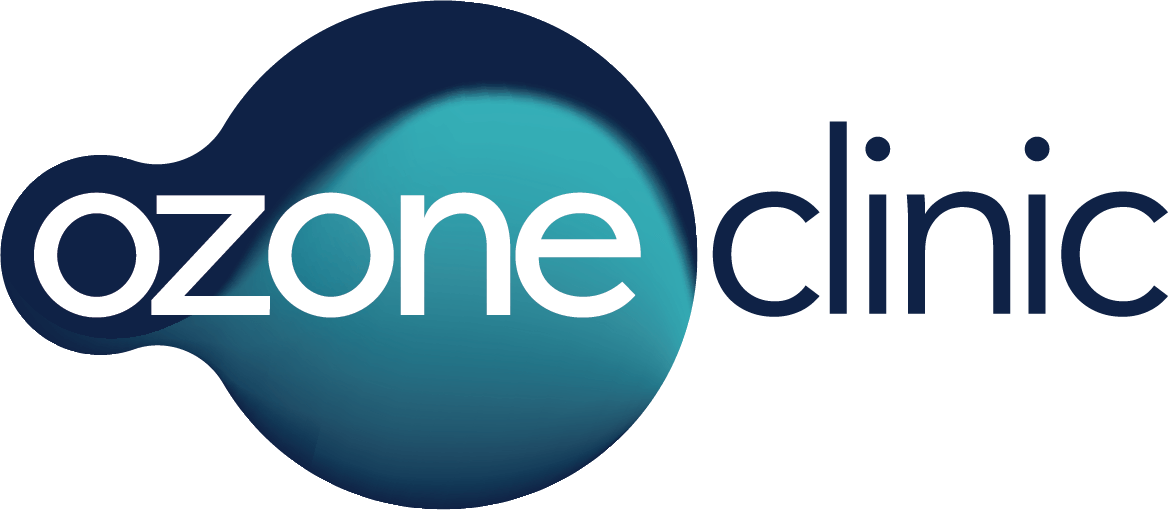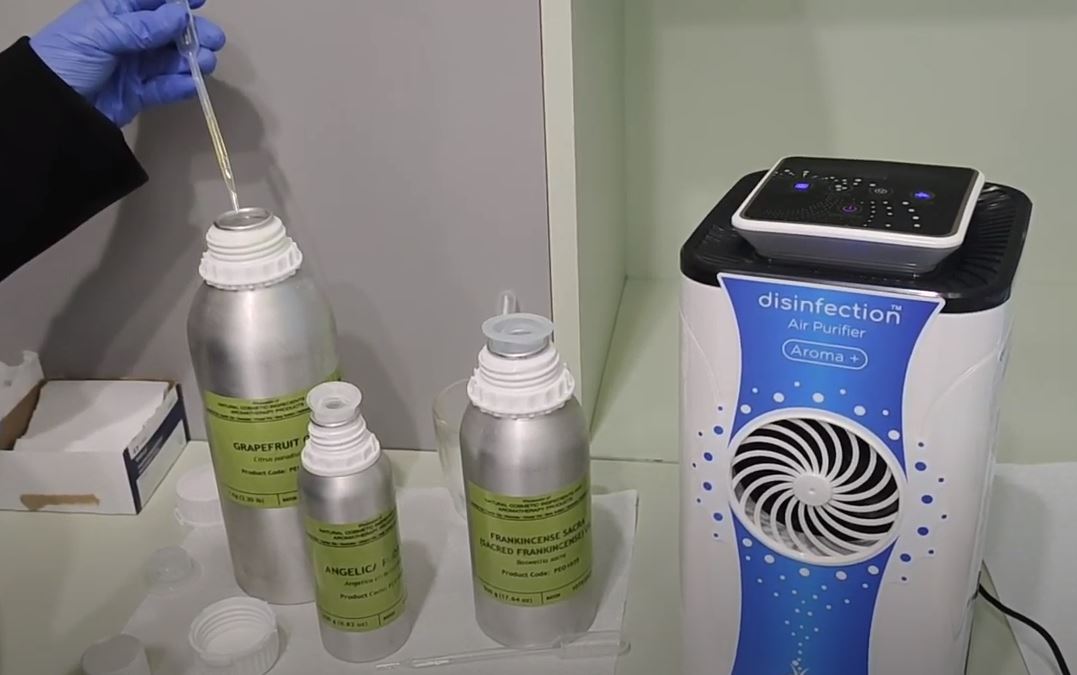Forms and Methods to use Ozonated Materials
Ministry of Health Service of The Russian Federation
The State Medical Academy of Nizhny Novgorod
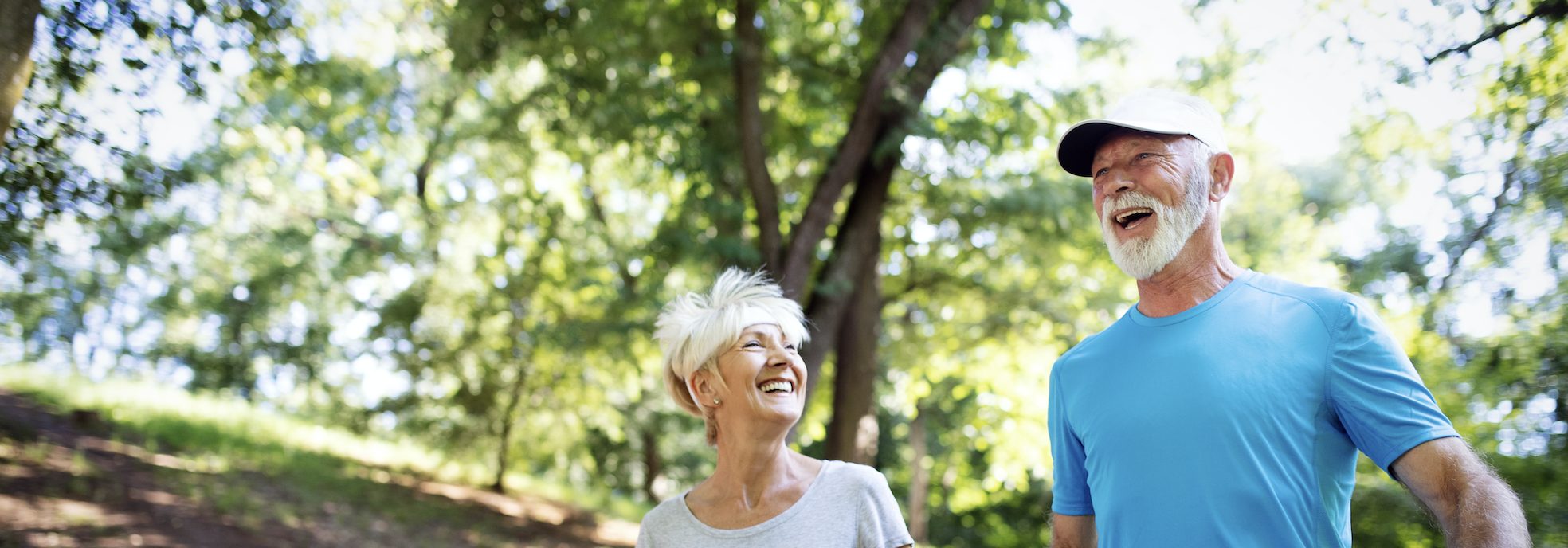
Keywords: Ozone therapy, Ozonated Distilled Water, Ozonated Vegetable Oil,Ozone/Oxygen Mixture in Gaseous Phase, Rectal Insufflations, Ozone Aerated Plastic Bag, Vaginal Insuffflations, MAHT
“Ozone therapy is used in a form of parenteral and enteral administration of ozone/oxygen
mixtures, aeration in closed volumes (gas bags) and applications with ozonated materials.
Clinical trials reported very few cases of side effects or complications when the procedures
were done properly. Of primary importance is the dose of the administered ozone, which must
not exceed the potential of antioxidant enzymes. This requirement is to be observed to prevent
the surplus of active forms of oxygen.” (1)
Ozonated Distilled Water
“Ozonated water is widely used in surgery and gynecology for irrigations and lavage. In gastroenterology it is administered per os as a drinking water in esophagitis, gastritis and ulcers. In colitis it is used for clyster procedures. In stomatological practice ozonated water is administered in a form of gargarism (mouthwash) as a disinfection of oral cavity in paradontosis, stomatitis, contaminated wounds and suppuration of dental canals. In otolaryngology ozonated water is used for inhalations. On being barbotaged ozonated water should be used within 30 minutes.” (1)

Ozonated Vegetable Oil
“Ozone disinfectant properties are well revealed in the use of ozonated vegetable oil. Ozonated
oil was found to have antiseptic activity several hundreds higher compared with ozonated
saline. It is used for oral administration and in a form of ozonated applications.” (1)
“For ozonation we use refined vegetable oil (sunflower, olive, maize etc.).The barbotage is
done with different concentrations and duration”:
- For oral administration 100ml of oil is ozonized for 10 min with ozone concentration
of 20mg/l (O3/O2), 5 min –ozone concentration 40mg/l (O3/O2). - For external use 100ml of oil is ozonized for 15 min with ozone concentration of
20mg/l (O3/O2), 30 min –ozone concentration 10mg/l (O3/O2). - For external administration in mycosis 100ml of oil is ozonated for 15 min with ozone
concentration of 24mg/l (O3/O2), 8 min –ozone concentration 50mg/l (O3/O2).
“Ozonated oil should be kept in a dark glass bottle. According to the latest data it can preserve
its properties for 4 month when kept in room temperature, when kept in refrigerator it can be
used for 2 years.
When administered for oral use, it should be started with one teaspoonful 20-30min before
meals 2-4 times a day, gradually increasing the dose to one tablespoonful 2-4 times a day.” (1)

Introduction of Ozone/Oxygen Mixture in Gaseous Phase
“This method provides analgetic, anti-inflammatory and stimulating effect.” (1)
Subcutaneous and intracutaneous injections are done into painful and acupuncture points,
1ml per each; for microinjections of focal lesions we use 5-10ml with ozone concentration –
10mg/l. In peri-articular microinjections we use 1-3ml with the concentration-10-15mg/l.
Intramuscular injections are done with 10-20ml, concentration being 10-15 mg/l.
Intra-articular injections are done with the concentration- 15mg/l and the volume of
- 1-1,5ml for minor joints
- 5-7ml for middle joints
- 20ml for major joints
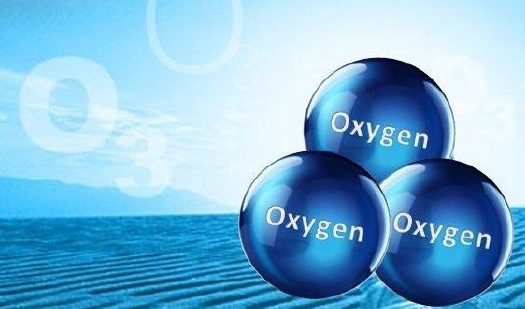
Rectal Insufflations with Ozone/Oxygen Mixtures
“The procedures are done with Janet syringe or with a help of special poly-chlor-vinil tube
with a patient lying on the left side with knees bent. Purgative enema is to be done two hours
before the procedure. Rectal insufflations are done with ozone concentration in ozone/oxygen
mixture of 10-60mg/l, the volume ranges from 150ml to 1000ml, depending on the pathology,
its course and stage. For newborns the volume is 20-50ml, for children –50-100ml (H.
Dorstewitz, 1990).” (1)
“Intestinal insufflations can be administered, first of all, as anti-inflammatory and disinfectant
remedy to restore the bacterial flora misbalanced by pathogenic microorganisms. Secondly, it
can be administered as an alternative to major autohemotherapy, because ozone/oxygen
mixture on being instantly absorbed produces general metabolic effect. This procedure can be
turned to in those cases when intravenous injections are difficult to handle
The usual therapeutic dose to produce metabolic effect is 75mcg per 1kg of patient’s weight,
e.g. for a patient of 80kg the ozone dose is to be 75 x 80= 6000mcg. The course of treatment
is to be started with a half-dose and minimal volume of ozone/oxygen mixture (150-200ml)
which is gradually increased to the required one.” (1)
Vaginal Insuffflations with Ozone/Oxygen Mixtures
“Vaginal insufflations are done with ozone concentration 0f 2-2,5mg/l in ozone/oxygen
mixtures with the gas rate – 0, 5-1l/min for 5-10 minutes. The procedures are done with
12
special nozzles put on the vaginal speculum. Vacuum suction is obligatory to prevent ozone
inhalation effect on the patient and the doctor. (Гречканев Г.О. с соавт. 2000).” (1)
Minor Autohemotherapy with Ozone/Oxygen Mixtures (MAHT)
“MAHT is used to produce a stimulating effect in conditions with immune deficiency. The
procedure is simple and easy to perform. Venous blood (5-10ml) on being taken into a 20ml
syringe with 10-15 ml of ozone/oxygen mixture, ozone concentration –10-40mg/l, and
carefully mixed, is then injected intramuscularly.”(1)
Major Autohemotherapy with Ozone/Oxygen Mixtures
“For Major Autohemotherapy we use a flask or a special plastic bag with anticoagulant and fill
it with 50-150ml of venous blood taken from the patient. The blood upon being mixed with
ozone/oxygen mixture, ozone concentration should not exceed 40mg/l (according to V.Bocci,
higher ozone concentrations can lead to hemolysis) is returned to the patient via intravenous
injection.”(1)
“According to S.Rilling and R.Vieban instructions (1987), ozone in the doses of 6-10 mg
produce immune-suppressive effect and it should be administered in cases of active
rheumatism and rheumatic arthritis. In atherosclerotic diseases of cardio-vascular system, in
contaminated surgery and in chronic diseases that require immune stimulating treatment the4
recommended ozone dose is 1-3mg, in rare cases 4mg (R.D.Rentschke, 1986).
Ozone doses of 8-9mg are administered in acute stage of infectious hepatitis, which are
gradually reduced to2,0-0,8 mg with remittance of the exacerbation (H.Wolf, 1986).The same
doses are used in herpetic infection.”(1)
Ozone Aerated Plastic Bag
“The method has proved to be highly efficient in the treatment of trophic ulcers, purulent
sluggish wounds, bed sores, painful cicartices, burns and defects caused by sequestrations of
irradiated surficial and subcutaneous tumors.”(1)
“Before the procedure the affected leg is damped with water or saline and then a plastic bag is
put on and hermetically sealed. The bag is filled with gas mixture until the excessive pressure
is reached. Then a destructor is switched on. The aerating is done for 15-20 minutes.
In patients with vascular diseases when the skin surface is not affected ozone concentration is
6-8ml/l of ozone/oxygen mixture.”
“In cases of trophic ulcers or purulent wounds the affected area should be covered with a
dressing soaked in saline or distilled water. The initial ozone concentration is 5-6mg/l until
ulcer becomes detersive. At the stage of granulations the concentration is diminished to 1-
1,2mg/l.” (1)
Source
- (1) http://www.absoluteozone.com/assets/ozone_therapy_in_practice.pdf– Oleg V. Maslennikov, Claudia N. Kontorshchikova, Irina A. Gribkova- Nizhny Novgorod, Russia, 2008
- Ozone therapy in Practice. Health Manual. – Nizhny Novgorod
- Medical Center of the Department of New Medical Technologies at the Medical Academy of Nizhny Novgorod.
